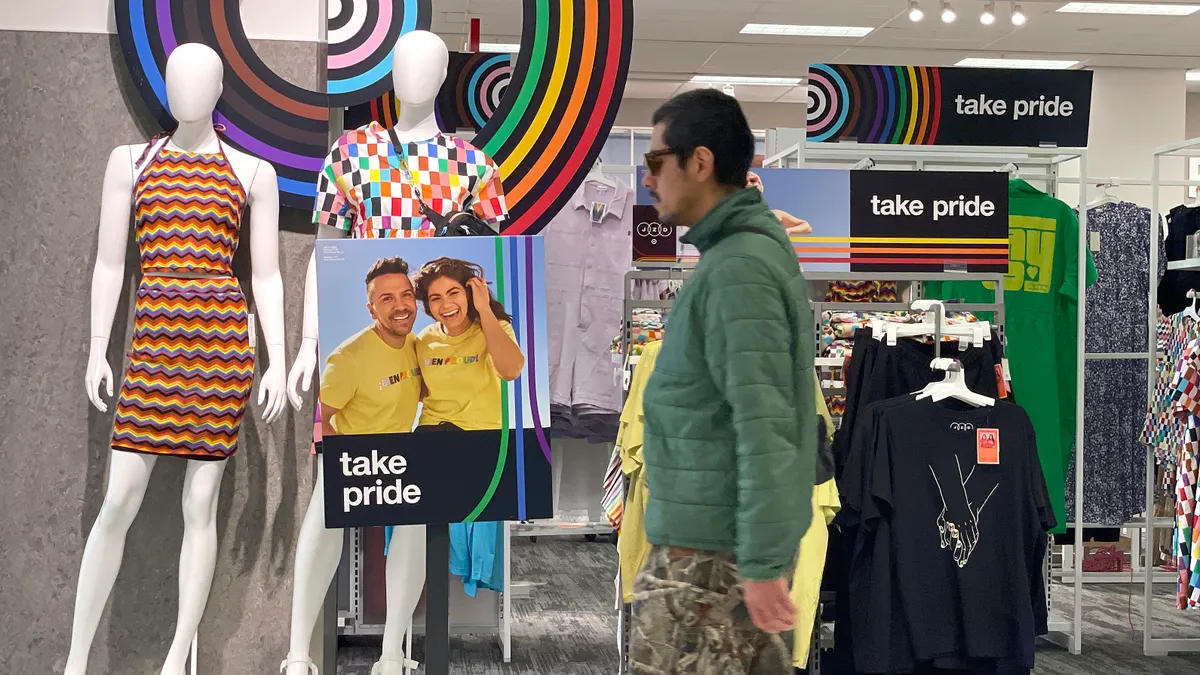As brands strive to provide unified customer experiences, some are bringing chief experience officers into the C-suite to lead the CX vision across the organization.
Such is the drive to embrace customer centricity that Gartner found almost 90% of organizations had a CXO, chief customer officer or equivalent role in 2020.
Working across the organization to drive CX initiatives was very much the focus for Joanie Bily. Bily, now president of the professional division at Employbridge, served as the staffing firm’s chief experience officer until March this year.
“It’s cross-functional, working with many different teams — the sales team, operations, marketing, the product team as well as on the brand consolidation,” Bily said.
Bily was the first Employbridge CXO, a role that was created in 2023 to focus on the experiences of both the staffing firm’s customers and employees.
The creation of the role was prompted by a major reorganization in which the business wanted to consolidate its multiple brands under a single entity, Employbridge.
For this reason, the CXO role encompasses brand alignment work. It works to drive customer interaction through seamless digital experiences, integrate feedback with product and service teams, and propel data insights.
“My role is leading that brand experience, working with all of the different executives where we all report to the CEO,” Bily told CX Dive.
The CXO must be charged with an organization-wide mandate
With a business that spans digital on-demand staffing and more traditional workforce services, Employbridge has been undergoing a transition from mostly face-to-face services to digital interactions, with an emphasis on a seamless online platform.
The business had to adapt to changing market dynamics and customer preferences, which were kicked into high gear by the pandemic when most employment became virtual.
In adopting a digital operating model, Bily knew that the value of the CXO role lies in its focus on experiences and data-driven insights. In her cross-organization role, she oversaw how the data and product teams integrated feedback into product development.
“It’s working as a collaborative team to try to improve our platform, our products or service offerings. Connecting the dots is very important for how we build our brands, our messaging,” she said.
Why the CXO role must lead CX strategy
Having a dedicated CXO role brings a unique and comprehensive perspective focused exclusively on the customer, according to Bill Staikos, SVP and executive advisor at Medallia.
With stints as head of CX at Freddie Mac, JPMorgan Chase & Co. and Credit Suisse, Staikos knows first-hand how customer centricity is a critical differentiator in today’s competitive environment.
Having a CXO ensures a strategic focus on customer interactions across all touchpoints, Staikos said. It’s also important to have a single point of ownership for customer satisfaction and building loyalty and advocacy.
“The CXO's main charge is defining and articulating a clear, organization-wide vision for CX that’s aligned with the company's overall strategy and objectives,” Staikos said.
Even so, the goal of driving revenue, loyalty and retention through CX and connecting the brand, the business and its customers is no simple task. For example, there can be gaps in the CXO’s remit where parts of CX are owned by marketing or other departments.
Gartner’s research has found CXO roles are unlikely to report to chief marketing officers, despite marketing departments owing key areas of CX within the organization. It suggests that having a CXO role is one part of giving CX a central focus across the organization and the role needs to find its place alongside marketing roles.
Staikos said that while the CXO role is charged with ensuring best-in-class customer experience, the CMO role focuses on communicating the brand's value proposition and driving market engagement. But there must be alignment.
“In theory, the CXO has a broader scope that encompasses optimizing the entire journey of the customers. In the best case scenario, there’s no ‘daylight’ between what customers expect from the company they buy from, the brand and the experience delivered,” Staikos said.
In addition to the personal qualities, organizations must have clearly defined the remit while providing the CXO with the resources to get the most out of the role, according to Staikos.
Yet he cautions that too many organizations are focused on only surveys and reporting and calling it customer experience.
“The CXOs who do not have staying power are the ones that lead the de facto survey team,” he said.
Is the CXO a natural fit in the C-suite?
As architects of transformation, the CXO role can bring together the entire organization with a shared vision. They need to understand how to drive business outcomes like revenue, cost-to-serve and customer-led culture with the CX toolkit, which includes insights and analytics, design, change leadership and management, marketing and digital.
To do this, they need to be strong internal influencers and receive the support necessary to drive change.
“None of this can be accomplished without strong advocacy from the CEO and the board of directors,” Staikos said.
Even so, not every organization will opt to have a dedicated CXO role. “Many successful enterprises, including Walmart and McDonalds, have a CXO whereby functions like marketing roll up into the CXO,” he said.
What’s critical is that leadership is driving actions and outcomes centered on customer experience, according to Staikos.
“Aligning an organization through the lens of the customer journey can open significant opportunities for efficiency. CEOs need to look around the executive table and ask themselves, ‘Do I have the right talent and resources in place to achieve our mission and vision?’” Staikos said.
Bily believes the value of the CXO at Employbridge is being a strong voice at the executive table, but it requires a clear mandate and vision for driving CX as a priority across the organization. Sometimes that comes directly from the CXO.
"You need someone who can be creative and see a path to how they can advance CX in the organization,” she said.




















